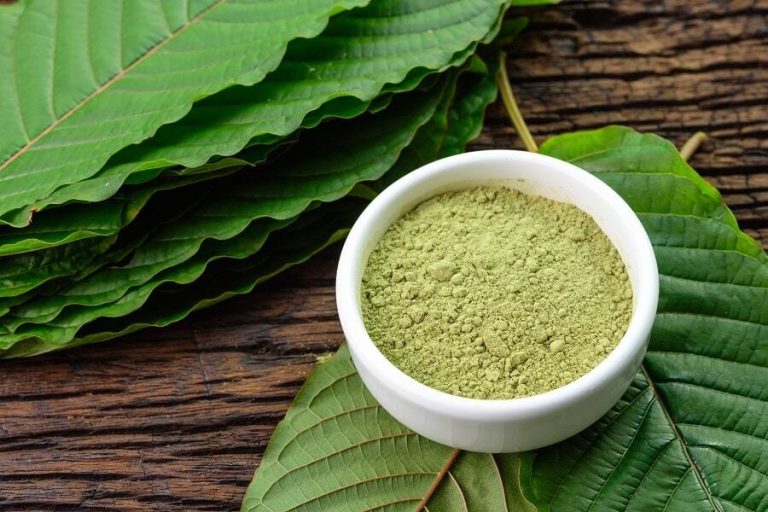Cancer Australia estimated that by 2021, one in fifteen people in the country would be diagnosed with breast cancer. Biopsies are the most common way to detect cancer. It involves taking a sample of the abnormal tissue and examining it closely. Depending on the type of cancer, biopsies can be invasive or non-invasive.
Suspected breast cancer can give you the reasons for a breast core biopsy. The doctor will first sterilize the breast skin and then use a local anesthetic to numb the area. Then a 2mm incision is made, and a needle is inserted, guided by an imaging system to collect the tissue samples. Once done, the incision area is dressed and usually does not require stitches.
If you want to know more, here are some reasons why you should opt for a breast core biopsy.

Lump Felt In the Breast
Lumps in your breast are normal, but it needs to be confirmed if they are cancerous or benign. So you can opt for a biopsy. A core biopsy involves using an 11-18 gauge needle to take samples of the suspect tissue. The pieces are then sent for histopathology testing. A histopathology study of the tissue helps the pathologist study the structure of the cells rather than individual cells. The process helps detect the health of the breast and form a treatment plan.
No Lump But Imaging Shows Abnormal Cell Growth
You may not feel lumps in your breast, but imaging like ultrasound may show abnormal cells, which can be cancerous. This is also a reason for taking a biopsy. The procedure allows detecting a benign lesion, in situ breast cancer, and invasive breast cancer.
Your Regular Health Screening Shows Something Suspicious
Cancer is not usually detected in its initial stages. You may feel perfectly normal and function optimally despite having cancerous cells multiplying in your breast. When your half-yearly or yearly health check-up shows something out of the ordinary, your physician may suggest a breast core biopsy. Proper samples are taken from each mass for better study.
Unexplained Changes in Areola or Nipple Region
If there is unusual crusting, discharge, dimpling, or blood oozing out of your nipples or areola, it may be a cause of concern, and you need to visit an oncologist right away. They will recommend a biopsy for further diagnosis. The procedure can either be stereotactic or vacuum-assisted. A stereotactic core biopsy tests microcalcifications because they are not evident in an ultrasound. It allows more than one sample to ensure a thorough histopathology study. A vacuum-assisted biopsy is when the needle is inserted into the mass, and a sample is collected using suction.
The biopsy is a crucial medical procedure. And a breast core biopsy can provide a more accurate diagnosis than other testing methods simply because it allows the pathologist to collect several samples from the affected area. The entire process is fast, painless, and does not require stitches during the procedure. Therefore, these are compelling enough reasons for a biopsy of the breast.






